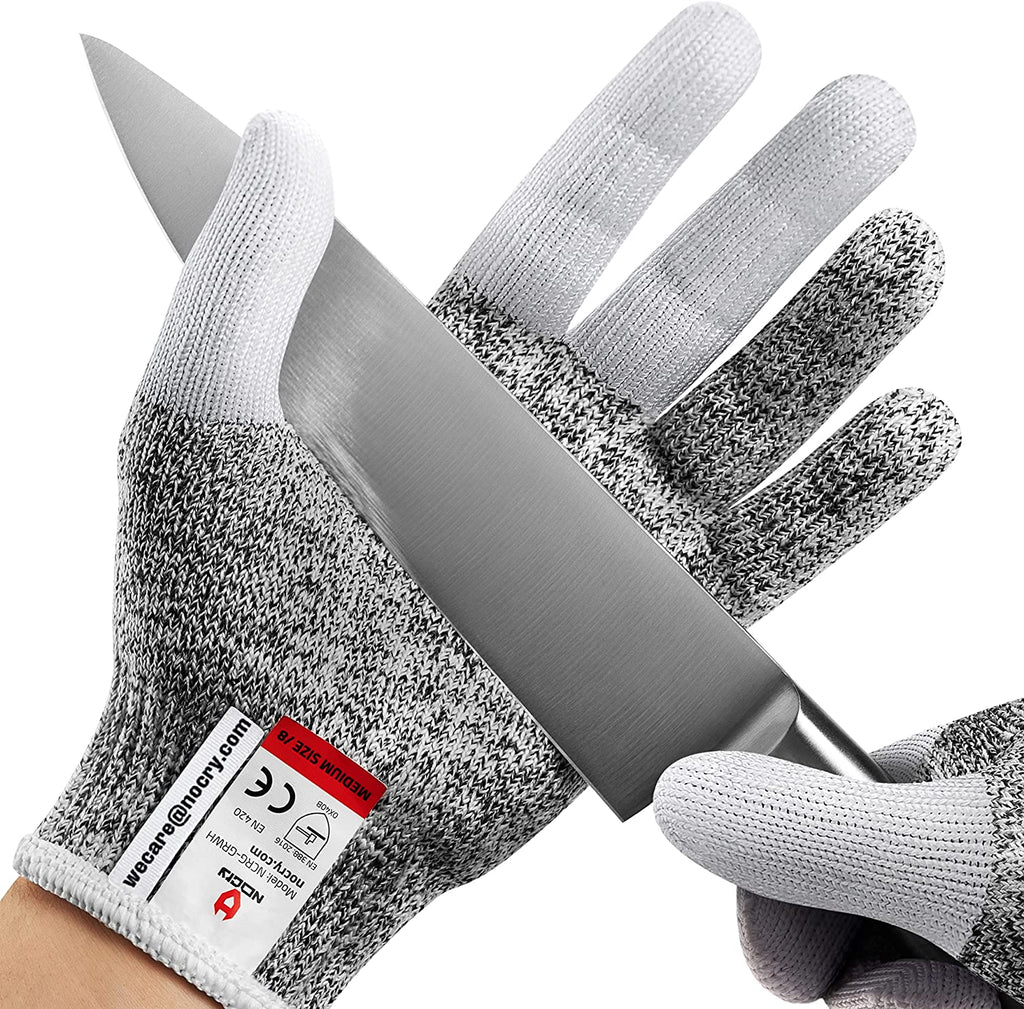If you've ever ventured into the culinary arts, you know that knife skills are fundamental. One surefire way to up your game is by mastering the brunoise cut. Knowing how to create a brunoise knife cut not only enhances the aesthetic appeal of your dishes but also ensures even cooking, which is crucial for flavor. Let's delve into the techniques, tips, and secrets behind creating a perfect brunoise cut.

Introduction to the Brunoise Cut
The brunoise cut is a precise technique where vegetables are diced into small, uniform cubes. Typically, these cubes measure about 1/8 inch on each side. This technique, rooted in French culinary arts, is often used for garnishes, soups, and sauces, where the uniform size of the ingredients plays a vital role in both presentation and cooking consistency. For more detailed insights, check out this fruit cutting guide.
The Importance of a Sharp Knife
When it comes to creating a brunoise knife cut, the sharpness of your knife is paramount. A sharp knife not only makes the process easier but also ensures clean, precise cuts. Dull knives can lead to uneven and ragged cuts, taking away from the beauty of the brunoise. Investing in a high-quality chef's knife and keeping it well-maintained is essential. Consider our guide on best chef's knives for some great options.

Step-by-Step Guide to Creating a Brunoise Cut
1. Selecting the Right Vegetables
While the brunoise cut can be applied to various vegetables, it is commonly used with those that have firm textures, such as carrots, celery, and bell peppers. These vegetables maintain their shape and provide a crisp texture when finely diced.
2. Preparing Your Workspace
Before you begin, make sure your cutting board is stable and your knife is sharp. Having a clean and organized workspace can significantly affect the quality of your cut. For tips on choosing the right cutting board, read our guide on best cutting boards.
3. Peeling and Cutting the Vegetable
Start by peeling the vegetable if necessary. For example, if you're using carrots, peel off the outer layer. Then, cut the vegetable into even strips or slabs. For a carrot, this means cutting it into manageable sections before slicing each section into thin planks.
4. Creating a Julienne Cut
This step involves cutting the planks into thin matchstick-like strips, known as julienne cuts. These strips should be uniform in size, as evenly sized strips lead to evenly sized brunoise cubes.
5. Final Brunoise Cut
Align the julienne strips together and slice them into small cubes. Aim for 1/8 inch per side for a standard brunoise cut. Precision is key, so take your time to ensure each cube is uniform.

Common Mistakes and How to Avoid Them
1. Using a Dull Knife
This is the most common mistake. A sharp knife is essential for clean, even cuts. Make sure to hone your knife before starting.
2. Overcrowding the Cutting Board
Give yourself enough space to make precise cuts. Overcrowding can lead to accidents and uneven cuts.
3. Rushing the Process
Creating a brunoise cut requires patience. Rushing can result in uneven cubes and increase the risk of cutting yourself.
Advanced Tips for the Perfect Brunoise Cut
1. Chilling the Vegetables
Chilling the vegetables slightly before cutting can help maintain their firmness, making it easier to achieve uniform cuts.
2. Using a Guide
For beginners, using a slicing guide or a mandoline can help in achieving uniform cuts.
3. Practice Makes Perfect
Like any skill, practice is crucial. The more you practice, the better and faster you'll become at creating a perfect brunoise cut.
Applications of the Brunoise Cut in Cooking
The brunoise cut is versatile and can be used in various dishes. It's often used in garnishes, soups, sauces, and salads. The uniform size ensures that the vegetables cook evenly, adding a professional touch to your dishes.
Conclusion: Elevate Your Culinary Skills
Mastering the brunoise cut can elevate your culinary skills and impress anyone who tastes your food. By understanding the importance of a sharp knife, practicing the technique regularly, and applying it in your everyday cooking, you'll add a professional touch to your culinary creations. For more detailed guides on knife skills, visit Cook's Guide.
As an Amazon Associate, I earn from qualifying purchases.
FAQs
Q: What is the standard size for a brunoise cut?
A: The standard size for a brunoise cut is typically 1/8 inch on each side.
Q: Can I use any knife to create a brunoise cut?
A: While you can technically use any sharp knife, a high-quality chef's knife is recommended for the best results.
Q: Do I need to peel all vegetables before cutting them into a brunoise?
A: It depends on the vegetable. Typically, vegetables like carrots and potatoes should be peeled, while others like bell peppers do not need peeling.


























